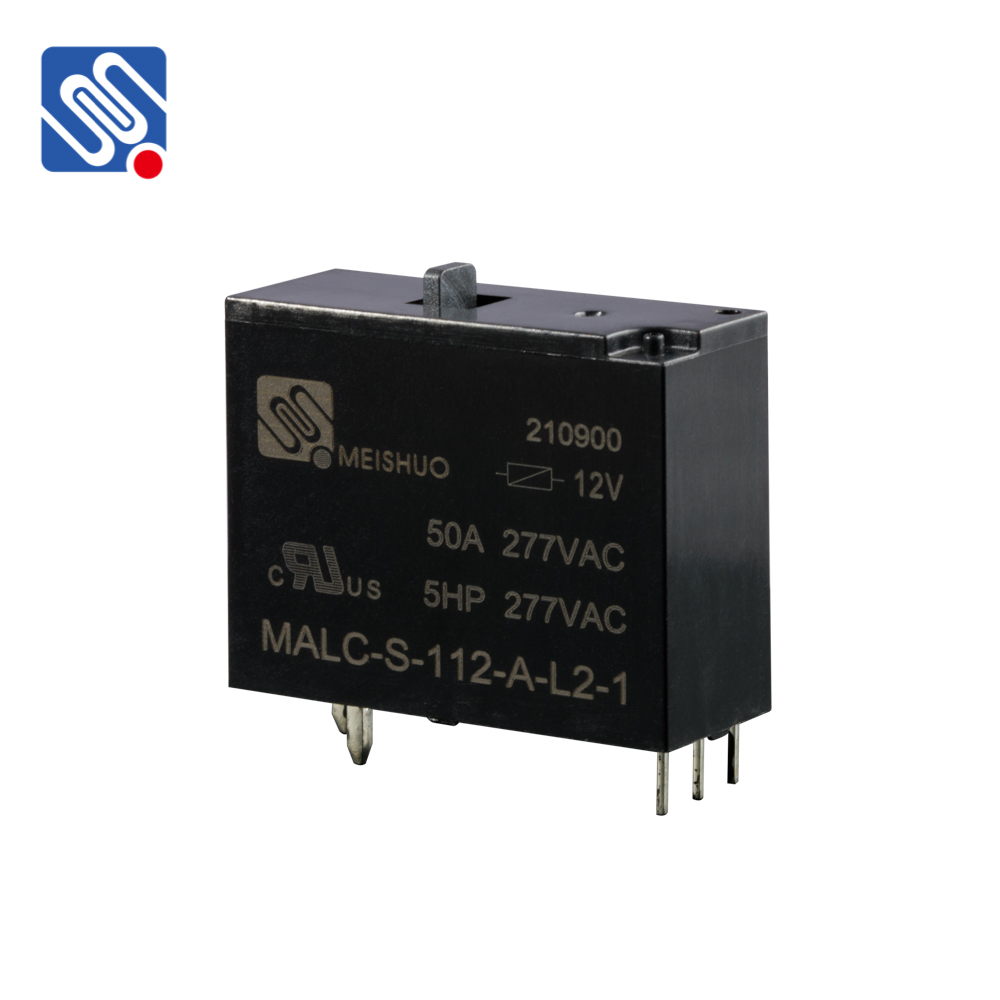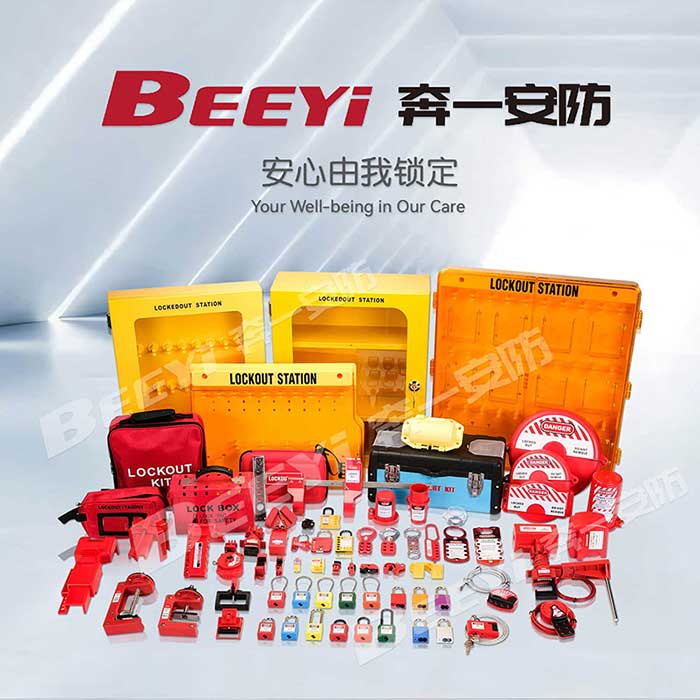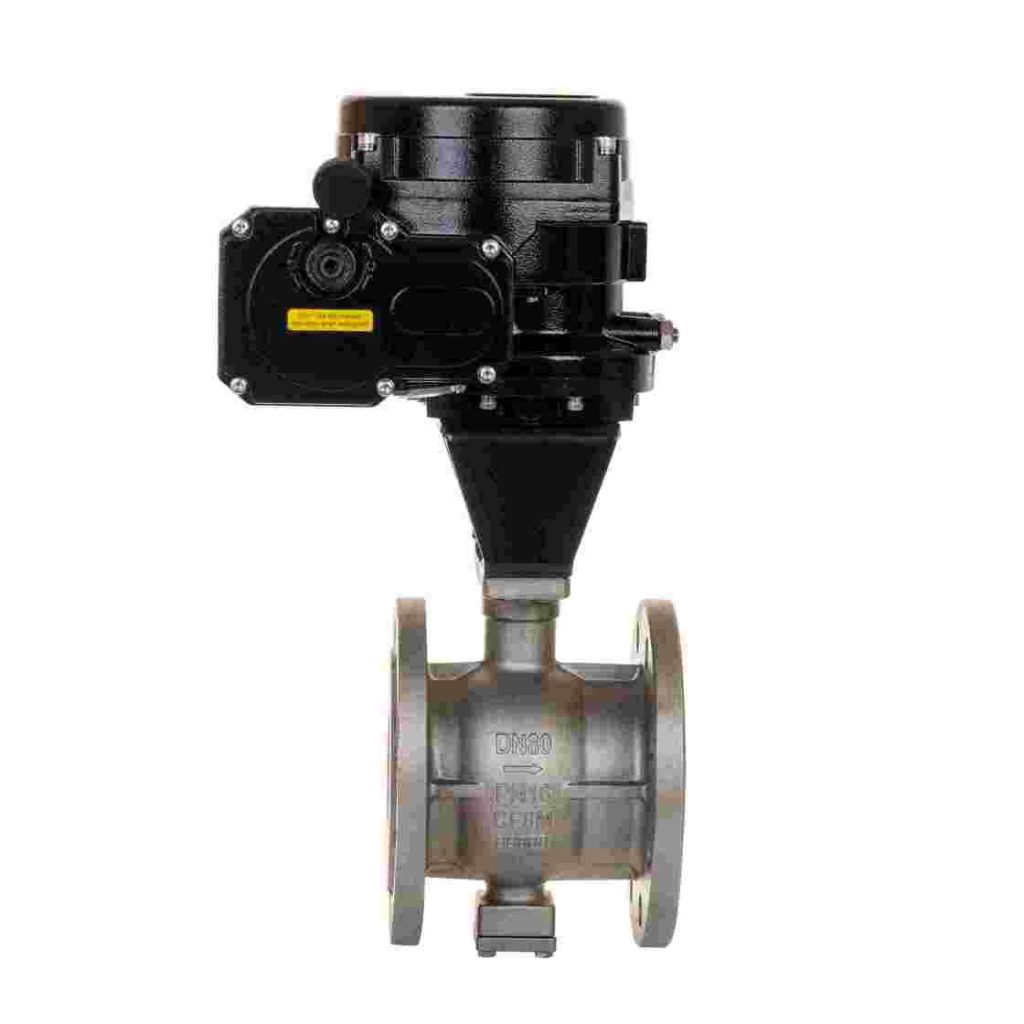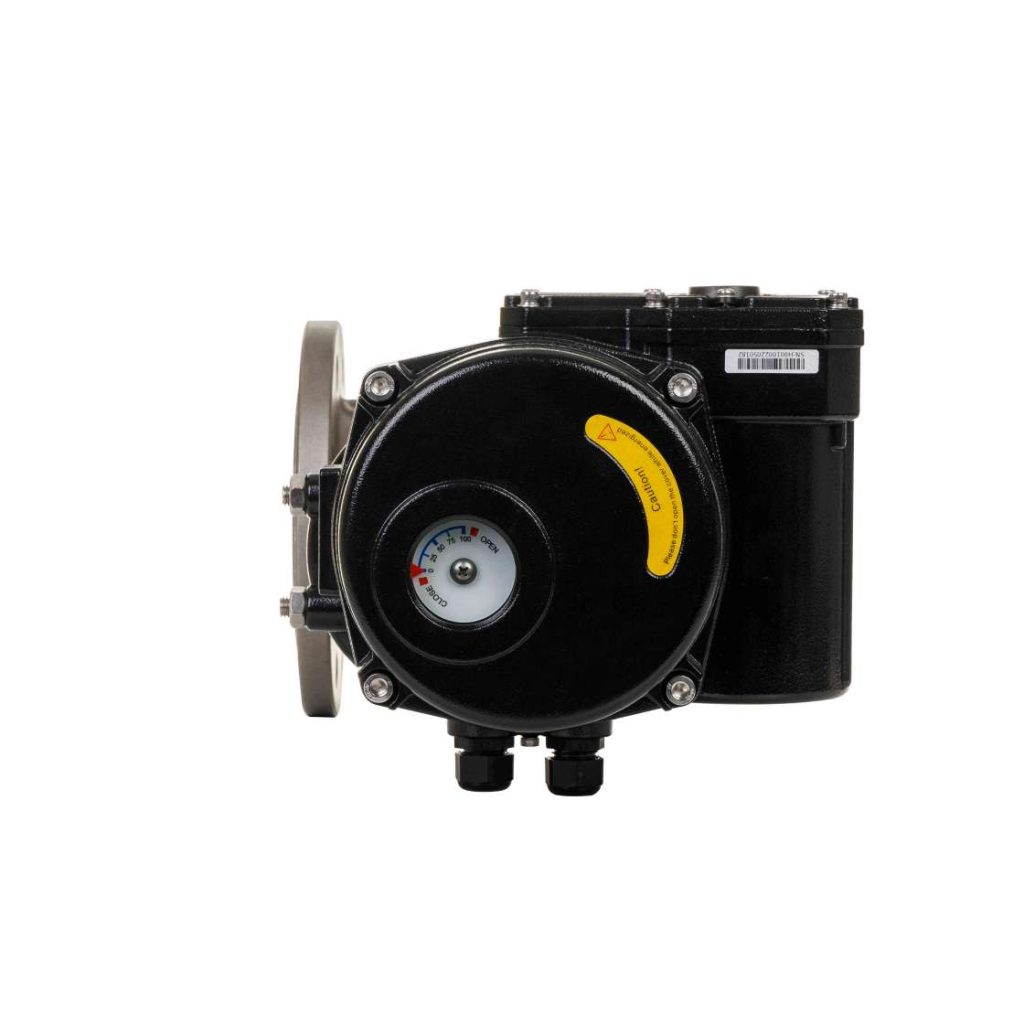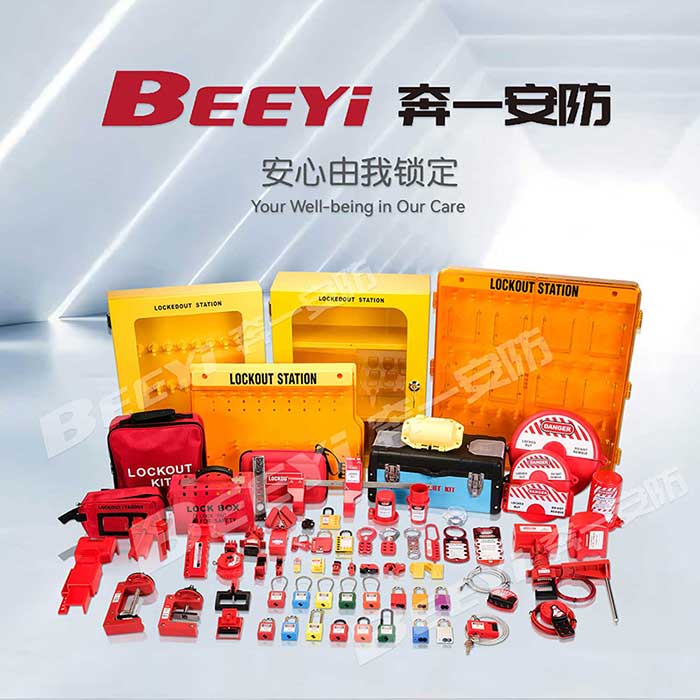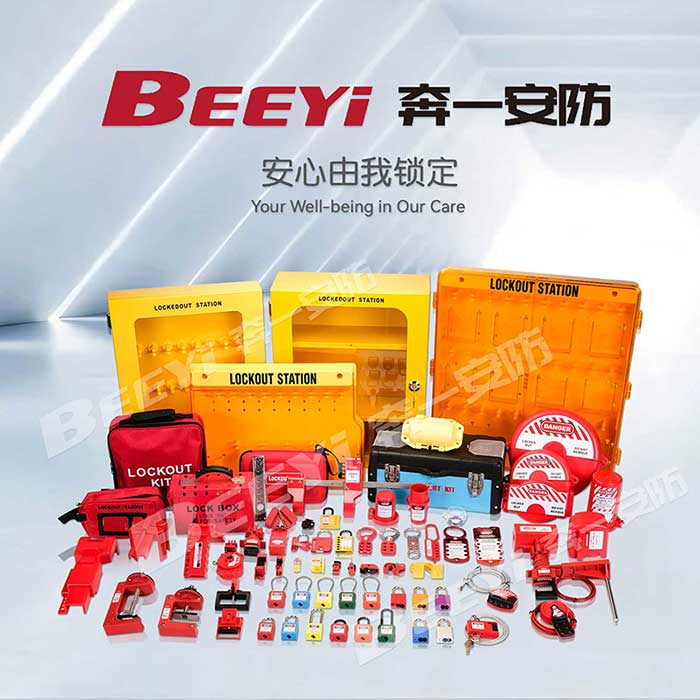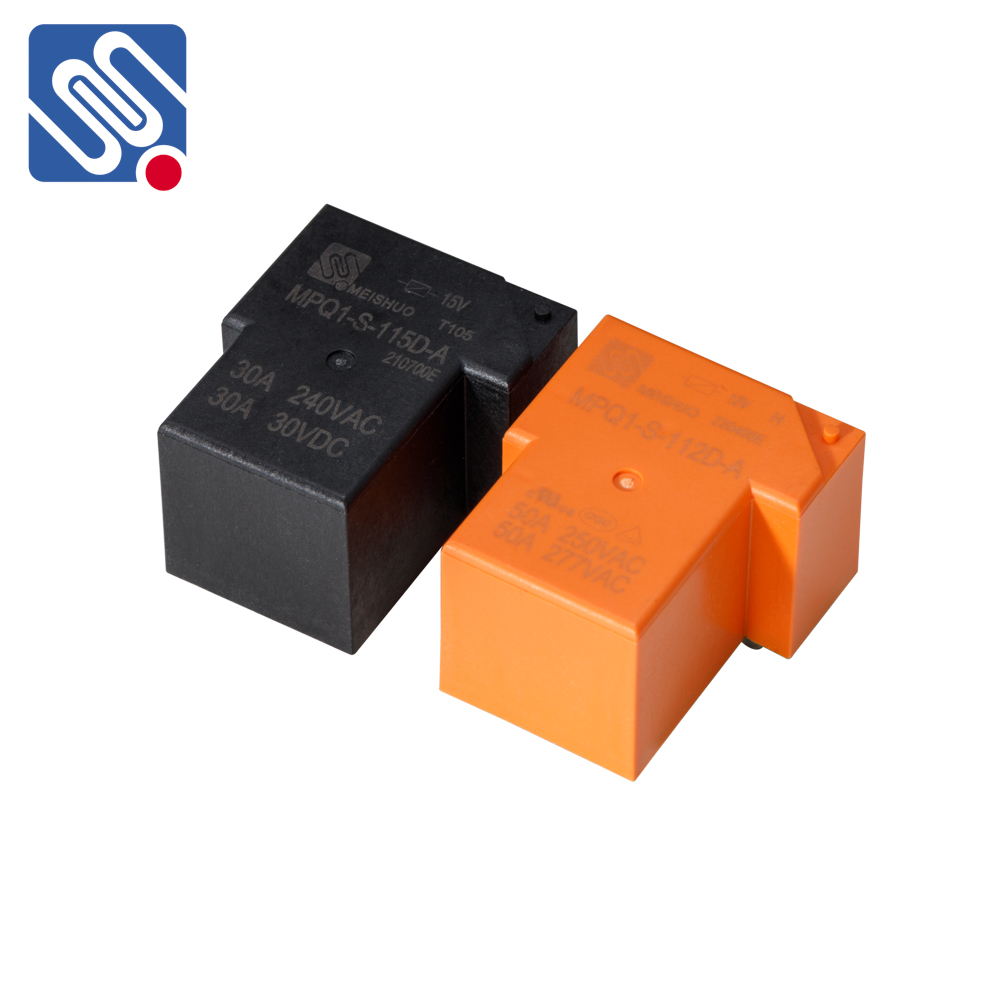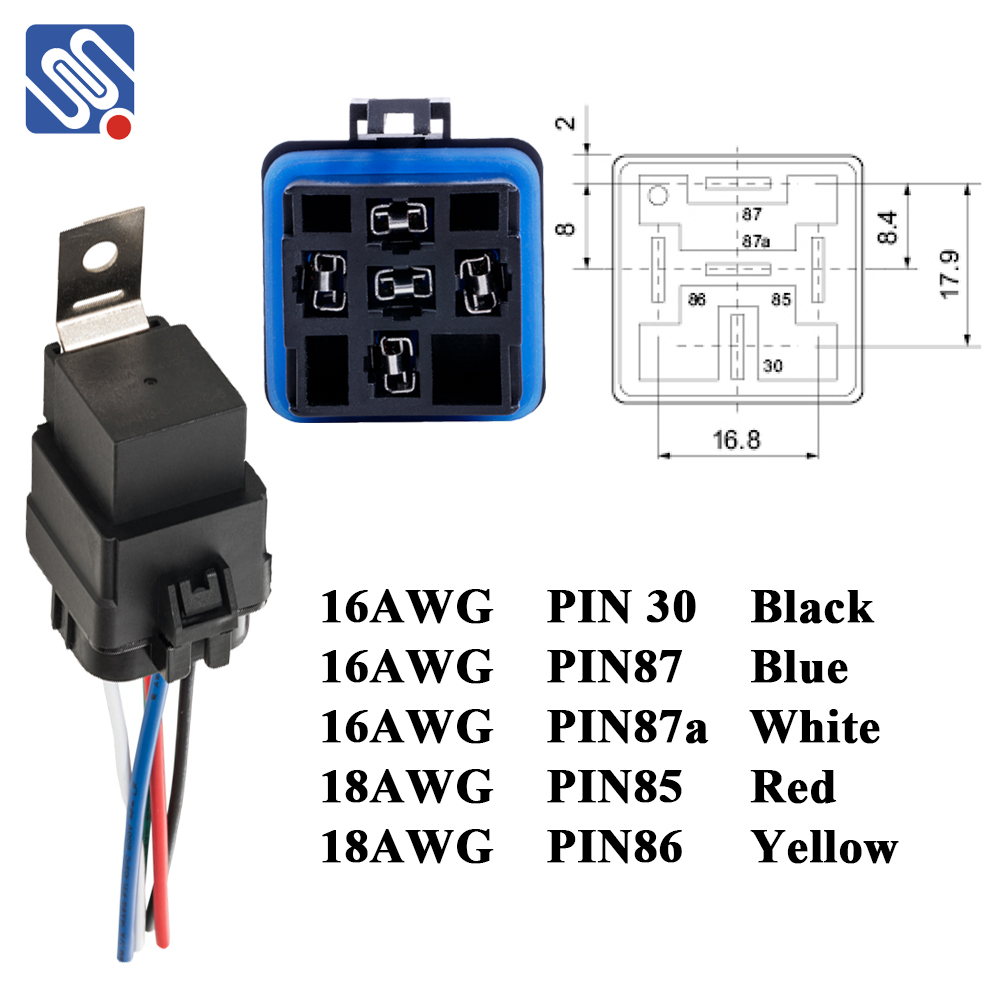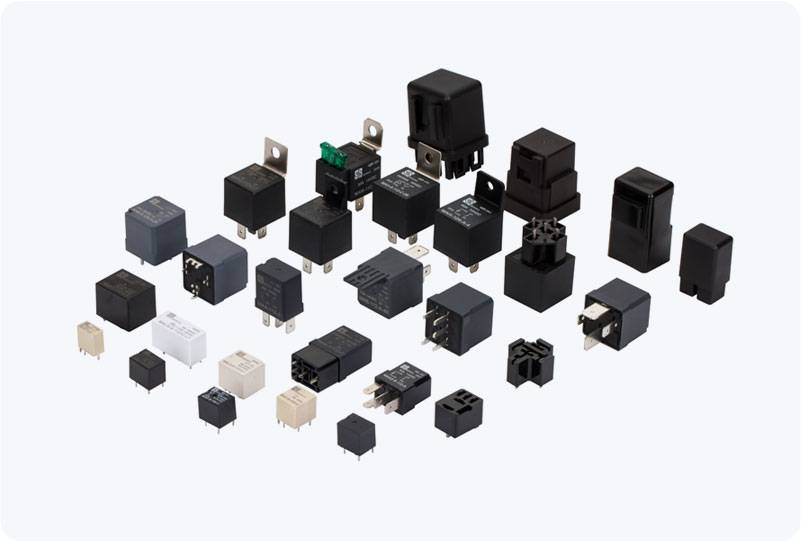The Lockout-Tagout (LOTO) procedure is a critical safety protocol designed to prevent accidental energy release during maintenance or repair work. One of the essential tools within this procedure is the LOTO cable lock, which is designed to secure energy isolation points in various industrial settings. This article explores the importance, functionality, and applications of the LOTO cable lock, shedding light on how it enhances safety and compliance with regulatory standards.
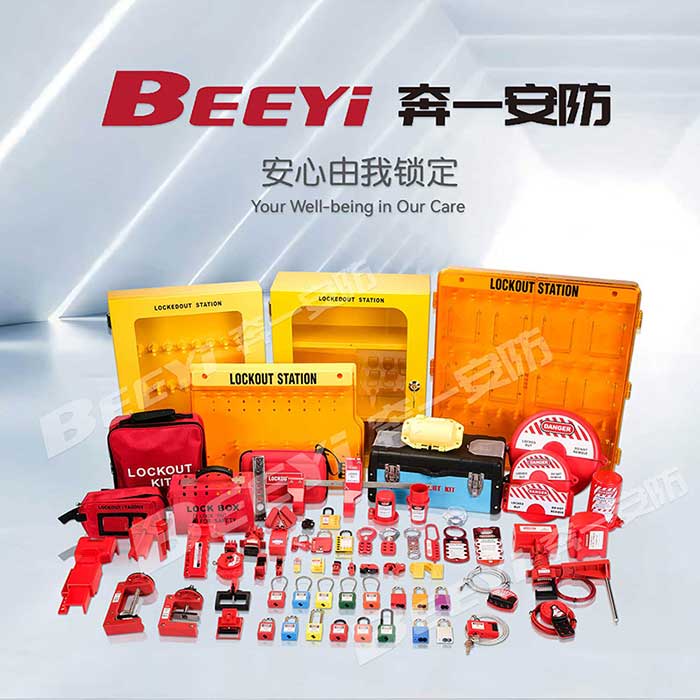
What is a LOTO Cable Lock? A LOTO cable lock is a flexible, adjustable locking device used to isolate hazardous energy sources, such as electrical circuits, hydraulic systems, or machinery. Unlike traditional padlocks, cable locks are particularly useful for situations where energy isolation points are too large or numerous for standard locks. They consist of a steel or nylon cable, which can be looped around energy isolation points such as valves, switches, and levers. The lock itself is then secured, preventing accidental release of energy and ensuring the safety of workers. The Importance of LOTO Cable Locks
